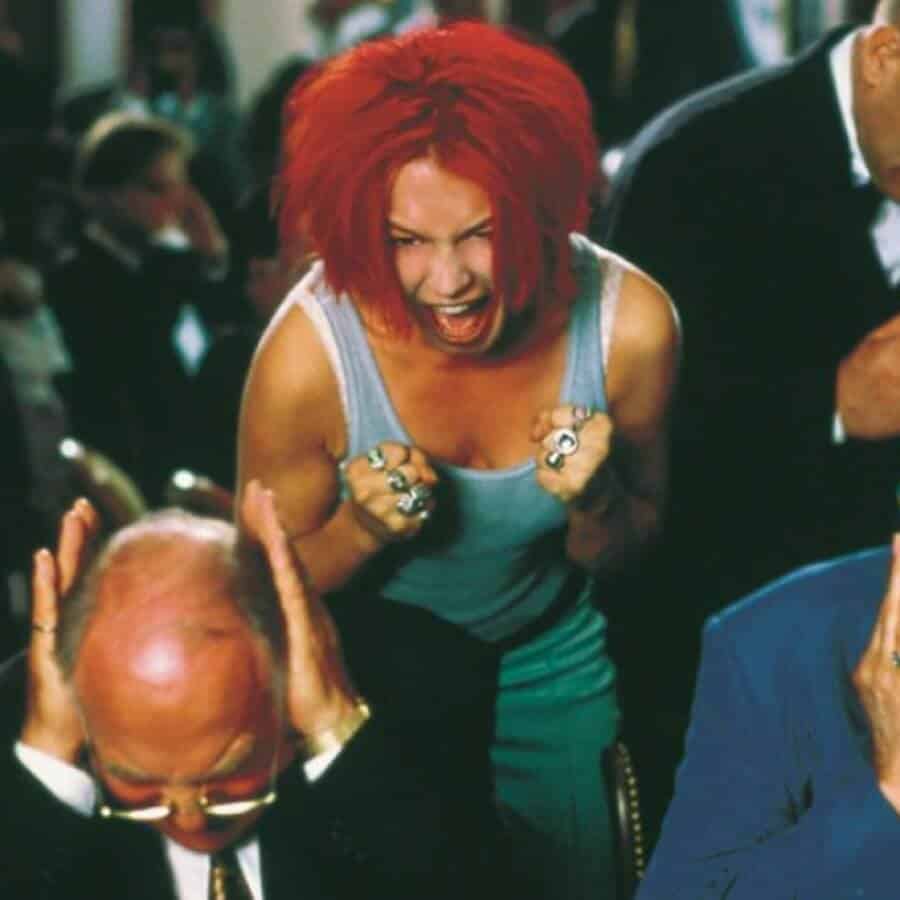How do we assess films? Every one of us has own personal criteria. There is also a purely professional way to evaluate a film based on technical execution of this or that movie product.
This is how movies are given a star rating, a grade, or are compared to one another. But there are other methods, which are used in more narrow circles than just audience or critics. One of them is the Bechdel Test.
For the first time this test saw the world in 1985 in one of the caricatures of American cartoonist Alison Bechdel. A 25 year old girl was confused by the problem of representation of women in works of art, which resulted in a pretty simple way to test media products. Bechdel suggested checking films in accordance with 3 simple conditions:
- There are at least two women in the plot;
- They speak with each other;
- Not about men.
It goes without saying that feminists quickly took up this idea and started to replicate it with passion. And the test would have stayed only among those concerned with gender if not for one thing – the test was failed by the majority of films. Thus, the issue brought up by Bechdel turned out to be much larger and attracted a lot of attention from not only cinematography professionals, but intellectuals as well. Nevertheless, major audiences still don’t know much about it.

Alison Bechdel / Photo: Flickr –Chase Elliott Clark
The Bechdel test is not perfect. One might argue that a character’s sex is unimportant, and actually rather insignificant in impacting a story or greater message. But another way to make this argument is to suggest that, all things being equal, sex doesn’t matter. Worded that way, the response is almost obvious: any film with at least two characters and conversation would have at least a one in four chance of passing.
Think about the last four films you watched: did one of them pass? Assuming you had to puzzle over this task for a little while itself is a bad sign. The Bechdel Test is simple to administer and easy to understand. There is very little wiggle room here, merely a straightforward assessment that can be done in a matter of seconds. I would venture to suggest that for most of the films, the result will be negative.
This isn’t an exact science, but the momentum that the Bechdel Test reaveals toward a male-dominated universe of film is worth talking about. For every Ellen Ripley (Alien [1979]), there’s a James Bond and a Jason Bourne and this is a far from complete list. There are plenty of stories about women out there that don’t just involve babies, boys or men, but there are far less movies made about it. Is it because in the movie industry there are not enough women in more influential positions, or, at least, in creative and managing ones, that could be able to help them to implement their “womanly” creative potential?
The Bechdel Test is a crude instrument, but sometimes all it takes is a sledgehammer to shed light on what’s staring you in the face. This test produces immediate results that can be scaled quickly to paint an accurate picture of modern cinematography.
Support us!
All your donations will be used to pay the magazine’s journalists and to support the ongoing costs of maintaining the site.
Share this post
Interested in co-operating with us?
We are open to co-operation from writers and businesses alike. You can reach us on our email at [email protected]/[email protected] and we will get back to you as quick as we can.









